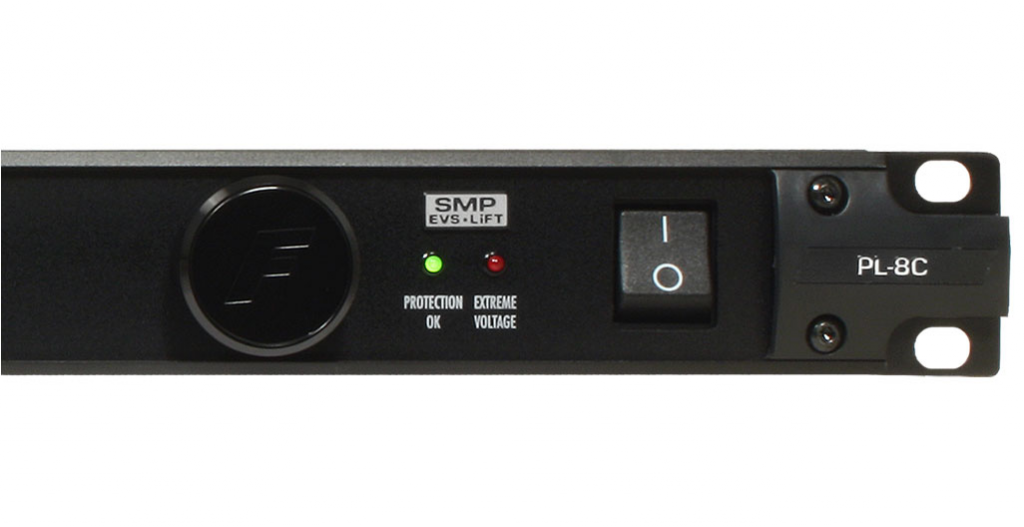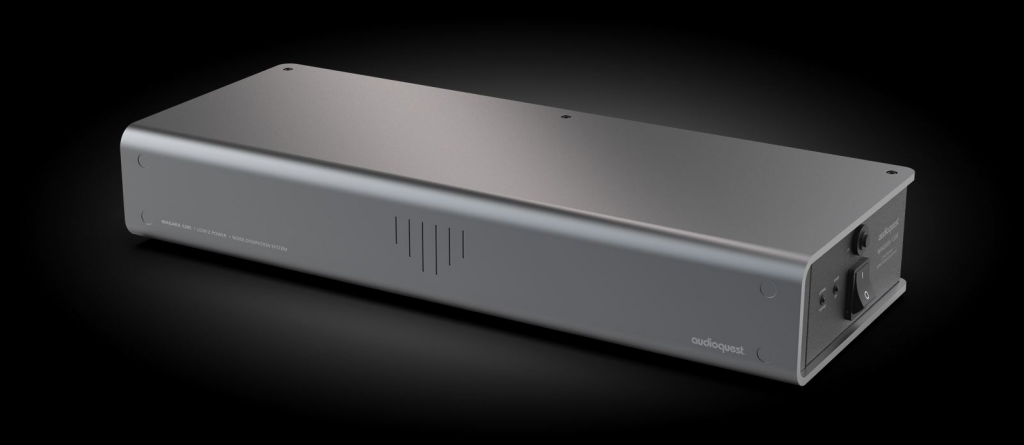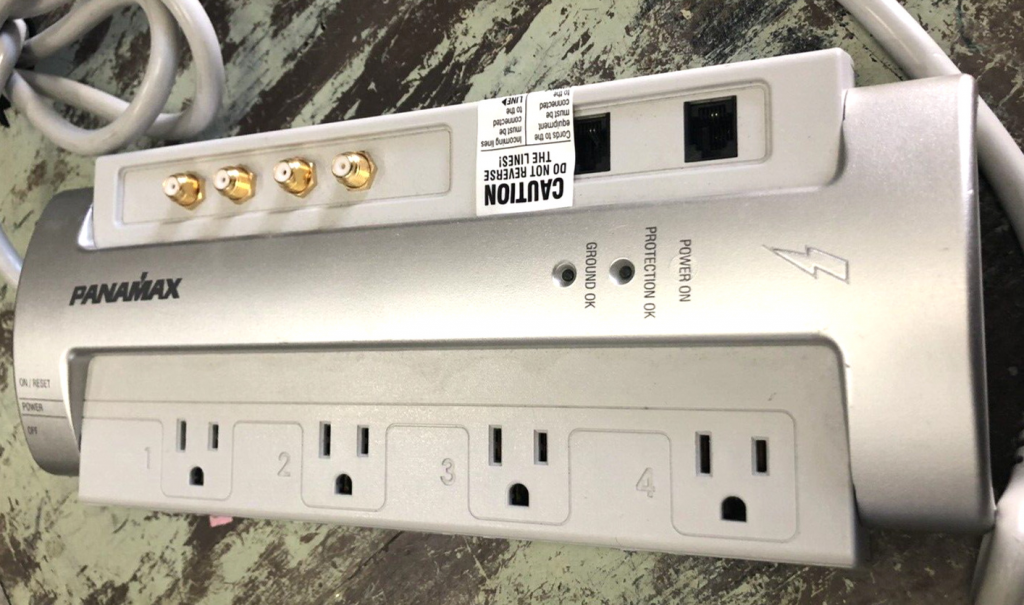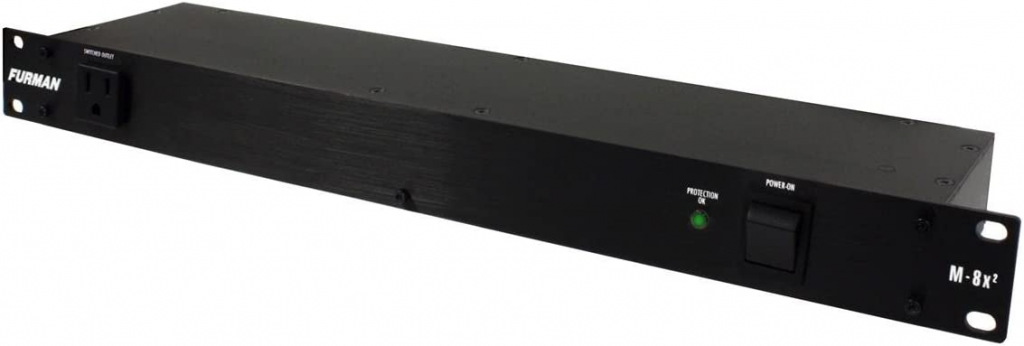Your home theatre is an important part of your living room. It not only brings you the entertainment you want, but it also creates a sense of comfort, intimacy and relaxation. However, along the way, this system can end up costing you a lot of money with the consumption of electricity. But what if there was an easy solution to make your home theatre more efficient, while still providing you with a high-quality entertainment experience?
What is a Home Theatre Power Manager?
A Home Theatre Power Manager (HTPM) is a device that allows you to manage your home theatre system’s power consumption. By doing so, you can ensure that your system will run smoothly and without disruption. Depending on the HTPM, you may be able to monitor system status and configure settings, as well as control power usage remotely.
There are a few things to consider when purchasing an HTPM. First, make sure that the device has the features and capabilities that you need. Second, be sure to factor in the cost of installation and ongoing fees. Finally, be prepared to read and follow instructions carefully – an HTPM can be a complex tool.
When it comes to choosing an HTPM, there are three main types to consider: wired, wireless, and hybrid. Wired HTPMs require direct electrical connections from your home theatre equipment to the unit; wireless HTPMS use radio waves instead of wires for communication; and hybrid HTPs use both wired and wireless technologies.
Each type of HTPM has its own strengths and weaknesses. Wired HTPMs are often considered the most reliable option because they provide a high level of security and stability when communicating with your home theatre equipment. However, they can be more difficult to install than wireless or hybrid models, and they tend to be more expensive than either option. Wireless HTPMs offer greater flexibility in terms of where you can place the unit; however, they may experience less reliability than wired.
How a Home Theatre Works
A home theatre is a great place to relax and enjoy a movie or TV show. The best home theatres have powerful speakers, large screens, comfortable seating, and great sound.
In order to get the best experience from your home theatre, you will need to make sure that all of the equipment is in good working order. This includes the power manager.
The power manager ensures that all of the electronics in your home theatre are getting the power they need in order to work properly. It can be a complicated piece of gear, but it’s essential for getting the most out of your system.
There are several different types of power managers available on the market today. You will want to choose one that is specifically designed for your home theatre system. Some common features are voltage regulation, current limiting, and over-current protection.
It’s important to choose a power manager that is compatible with your individual system. If you’re not familiar with these features, you may want to consult with an expert before making a purchase.
Once you have chosen a power manager, it’s time to install it into your system. You will need to connect it to the AC outlet in your home and the HDMI port on your media player or television.
How to Install Your Home Theatre
If you’re looking for a way to improve the home theatre experience without breaking the bank, consider installing a home theatre power manager. These devices automatically manage power usage in your home theatre system, ensuring that it never goes beyond its recommended limits and that the overall system performance is maintained.
There are many different options available, so it’s important to choose one that will fit your needs. Some power managers simply turn off equipment when it’s not being used, while others can simulate use by running devices in low-power modes. Whatever option you choose, be sure to read the instructions carefully before setting up your system. Once installed, a home theatre power manager will make life easier and help ensure that your home theatre remains operational throughout the year.
Best buying guide for Home Theatre Power Manager
After reading this guide, you will be able to select the right HPM for your needs and get the most out of your home cinema experience.
What are the benefits of using a Home Theatre Power Manager?
A home theatre power manager is a device that helps you manage your AC power usage when watching movies or TV. By using a home theatre power manager, you can conserve energy and reduce your electricity bill. Additionally, a home theatre power manager can help to improve the overall quality of your movie experience by managing noise levels and reducing screen flickering.
Here are some of the benefits of using a home theatre power manager:
1. Reducing your electricity bill. A home theatre power manager can help youreduce your electricity bill by monitoring your AC usageand adjusting the settings accordingly.
2. Improving the quality of your movie experience. A home theatervoltage management system can help to improve the overallquality of your movie experience by managing noise levels andreducing screen flickering. In addition, useof a home cinema sound system withamplifier will give you an immersiveexperience that is second to none.
3. Managing noise levels in your home cinema set-up. When watching movies or TV in a noisy environment, a contextual sound level meter can helpto manage the noise levels in your home cinema set-up so that you can enjoy uninterrupted viewing without having to noi select soundtracks or disturbing background noise noises during critical scenes in movies or TV shows.
How to choose the right Home Theatre Power Manager for your needs?
When choosing a home theatre power manager, there are a few things to consider. First, what are the goals of the power manager? Is it to lower electricity costs, increase efficiency, or both? Second, what kind of electronics do you have in your home theatre? Are they mostly traditional electronics like TVs and DVD players, or are they more modern devices like smart TVs and streaming boxes? Third, how important is reliability to you? If something goes wrong with your power manager, do you want to be able to just replace it without having to rip out all of your electronics? Finally, what are your budget limitations? Do you want to spend more money on a better power manager that will last longer or do you want something cheaper that will still fulfill most of your needs?
What to Look For in a Home Theatre Power Manager
When it comes to home theatre systems, there are plenty of different sized and power requirements. Which is why it’s important to get a power manager that can handle all your needs. Here are the key features to look for when selecting a power manager for your home theatre:
1. Capacity: The first thing you want to consider is the power capacity of the power manager. A good option will have enough juice to handle your entire system, from your largest HDMI display to your smallest audio speakers.
2. Outputting formats: Another key feature to look for is whether the power manager supports different output formats, like HDMI and 3D Blu-ray. This will help you avoid having to buy multiple adapters or cables.
3. Compatibility: Finally, make sure the power manager is compatible with your home theatre system and all of its components. Some managers come with built-in support, while others require additional adapters or cables (which can be a bit of a hassle).
Top 15 Home Theatre Power Managers
Battery-backed Panamax MX5102 home theater

It has ten rear panel outlets, two of which have a 600 VA UPS that will be useful during a power outage. The Panamax MX5102 Home Theatre Power Management with Battery Backup is loaded with features. Surge protection, battery backup, and power management were all high points for this home theatre power manager.
With the battery backup, critical equipment configurations are preserved and hard disk crashes are reduced. In addition, IR control can be used to shut off projection equipment to allow the projector bulbs to cool down properly before shutting them down. With Level 3 Power Cleaning and Linear Filtration, the device reduces the symptoms of contaminated power and ensures optimal performance of your A/V equipment.
The AVM circuitry continuously checks the incoming power displayed on the digital voltmeter. A red LED flashes on the front panel when an undervoltage or an overvoltage occurs, and all outlets except those connected to the battery are turned off. A safe level of voltage is reached when power is reconnected to the equipment automatically.
Because of its features and power-packed performance, this is one of the best options for a premium home theater power manager.
Power manager Panamax MR4300

There are nine outlets on the Panamax MR4300, which provides good protection and filtration for your home theater. This device comes with Automatic Voltage Monitoring (AVM) and Protect or Disconnect technology.
Linear Level 3 Filtration (2 Total Isolated Banks) with Dedicated High Current Outlet Bank (4 Outlets), antenna, LAN, and TELCO signal protection are also included. Its unique feature is the Rotating and Dimmable Media Lights, which illuminate the equipment, making it different from other power managers. However, there is a limited amount of noise filtration and radio interference to be considered.
If you’re okay with a bit of noise, this home theatre power manager can be your best choice.
Power manager Niagara 5000

It has an AC ground-noise dissipation system, so it creates very little noise. It rates below 30 on the power line noise meter when it comes to filtering out power line noise.
A distinctive passive/active transient power correction circuit, a wide bandwidth-linearized AC filter, and a current reservoir of over 90 amps peak complete the device. In contrast to most other AC power products that only minimise current compression, this home theater power manager corrects it.
It has built-in surge suppression for protection that has been tested with surges of 6000V/3000 Amp on the Niagara 5000’s rear panel.
Because of its features, this device may not be a popular choice for those on a limited budget.
Power manager for Furman PL-8C

A Furman PL-8C Power Manager offers great value for its price. It has eight back-panel outlets and one front outlet, as well as a 15 amp circuit breaker.
The power conditioner absorbs and dissipates damaging transient voltages thanks to its Series Mode Protection.
Linear filtering technology eliminates AC line noise and stops leakage.
As an entry-level product, it lacks premium features, but provides good surge protection. It has a breaker switch on the front panel.
Surge protector ROOTOMA

There are six AC outlets on the ROOTOMA Surge Protector, as well as a 6 foot surge protector power strip and six switches with indicator lights. Designed for convenience, this device comes with hanging slots and slip-proof rubber feet, and is mountable on the wall. Designed for convenience, these separate switches provide great flexibility in areas where plugged and unplugged power cords would be an inconvenience.
The surge protector comes with an ETL-approved extension cord that provides better surge and overload protection.
Niagara 1200 from AudioQuest

Featuring seven outlets on the back, the AudioQuest Niagara 1200 is a monster when it comes to performance. There are two high-current outlets (connecting amps, powered speakers, subwoofers). The system also features five linear-filtered outlets for connecting computers, DVD/Blu-ray players, TVs, etc., as well as Audio Quest’s Ground Noise Dissipation System and ultra-linear filtering capacitors.
The Niagara 1200 has an ultra-low resistance solid-core wiring optimized for low-noise directionality making it stand out with its quiet functioning. There are a number of disadvantages to this home theatre power manager, including its lack of current and voltage monitors, cable connections, and phone/LAN outputs. This device also has a 15A fuse circuit breaker.
With non-sacrificial surge protection, patented Ground-Noise Dissipation technology, and overvoltage shutdown, this power conditioner will protect your system from AC surges and spikes. As a result, this feature-packed system offers great value for money and is one of the most powerful performers.
Surge protector with 8 outlets, Panamax M8-AV-PRO Hi-Definition

Despite even electrical surges traveling over antenna lines, cable lines, phone lines, and satellite cables, this shield provides all-around protection for your home theater system. It is portable and comes with a 12-volt trigger that can activate or deactivate 4 of 8 outlets in the event of lightning. The protected/disconnect circuitry completely disconnects AC power to connected equipment.
Surge protection and portability are the USPs of this home theatre power manager.
Power conditioner and surge protector Furman M-8X2 Merit Series eight outlets

There are nine power outlets on this home theatre power manager, making it a great choice for those on a tight budget. It has great features like RFI/EMI filtration, which lowers the noise level caused by AC power.
Powering an entire home studio is possible with the device’s 15A capacity and 9 AC outlets. The spike and surge protection ensures equipment is safe, and the power stays clean. Despite the short cord, the Furman M-8X2 Merit Series 8 outlet power conditioner and surge protector provides good value for money in the budget-friendly category.
Power conditioner for home theaters Panamax M5400-PM 11 outlets

With five isolated noise filter banks, this home theatre power manager prevents power contamination between the outlets. The Level 4 noise filtration provides improved audio video quality by cleaning noise throughout the AC bandwidth. Like all the other products from this brand, it also features AVM technology. It is a good choice if you want premium features such as 11 outlets, but it is quite expensive.
Power manager Pyle PC0860

A record 19 outlets are included with this power conditioner. There are three wide-spaced front panel outlets and 16 flexible power cable outlets on the rear, allowing for AC adapters and transformers to be connected. There is also an integrated USB port that supplies power to all of your devices at the same time.
The equipment is equipped with a built-in circuit breaker that prevents dangerous circuit overloads by shutting off AC input when the load draws too much power.
There are three types of mounting flanges: rack-mountable, wall-mountable, and under counter. The 15-foot power cord provides power to areas that are far away from power sources.
Despite its price, the performance and features of this home theater power manager justify its high cost, making it a competitive product in the higher price range.
Belkin WeMo Insight Home Automation Power Manager

Belkin’s WeMo Insight Home Automation Power Manager is one of the most comprehensive power management products on the market. This device allows you to control virtually every device in your home from one central location. You can set schedules and alerts to ensure that all devices are running at their optimal levels, and even monitor energy usage over time for trends and improvements.
APC Smart-UPS Go UPS System with Wi-Fi

APC’s Smart-UPS Go UPS System with Wi-Fi is another great option for those looking for a powerful power manager. This device has enough juice to run almost any home theatre system, and includes various features like battery level monitoring and real-time alerts. Plus, it has a built in Wi-Fi router so you can easily manage your all needs.
Vizio SmartCast P65-C1

If you want a power manager that will allow you to control multiple devices from one location, the Vizio SmartCast P65-C1 is perfect for you. It has 10 amp capacity and can be controlled using your smartphone or tablet.
Yamaha RX-V493

This powerhouse is perfect for larger homes where there are multiple AV devices. It has 15 amp capacity and can be controlled via an app or the front panel.
Denon AH-D2000X
This power manager is great for small or medium-sized homes with up to eight AV devices. It has 10 amp capacity and can be controlled via an app or the front panel.
Conclusion
You will never be able to find the perfect home theatre power manager for your needs, but this comprehensive list offers one to meet every need, whether it’s budget, features, protection, or battery backup. Before choosing a power conditioner, list three of the most important features you want. Then look through the list to find the one that’s best suited to your needs.